BMW Motorrad Motorsport & ZF suspension
BMW Motorrad Motorsport and ZF’s partnership in the FIM Endurance World Championship (FIM EWC) has seen them working together on developing new spring damper elements for the #37 BMW M 1000 RR of BMW Motorrad World Endurance Team in 2022.
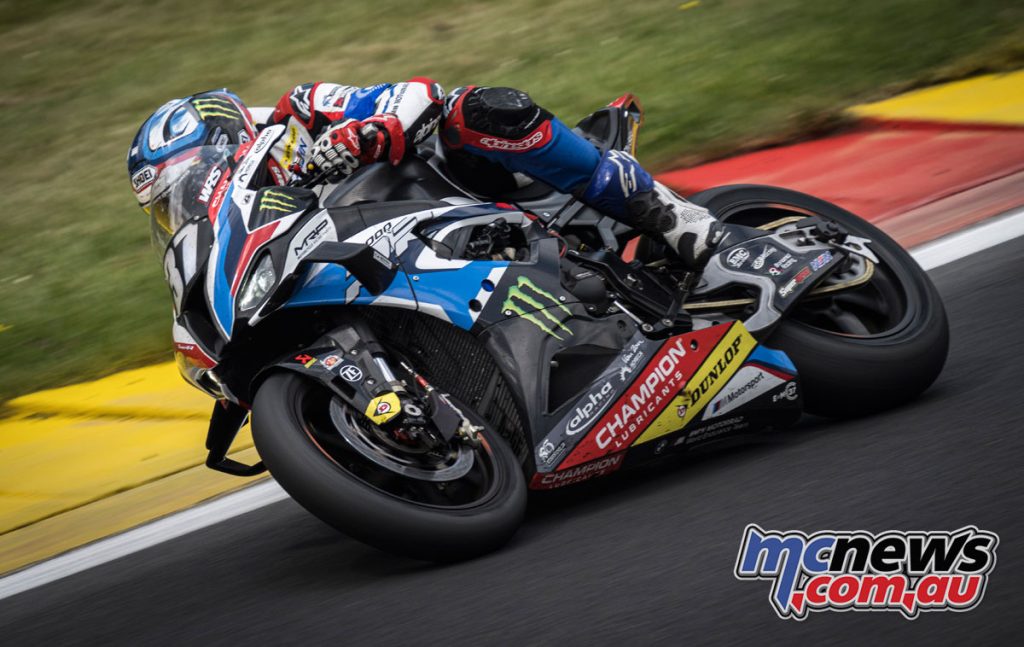
A telescopic front fork made from carbon is in the spotlight of this partnership, with ZF previously developing customised racing clutches and shock absorbers for various BMW racing cars in action in Formula One, the DTM, at the 24 Hours of Nürburgring or in Formula BMW. As of this season, ZF is now also BMW Motorrad Motorsport’s technological partner.
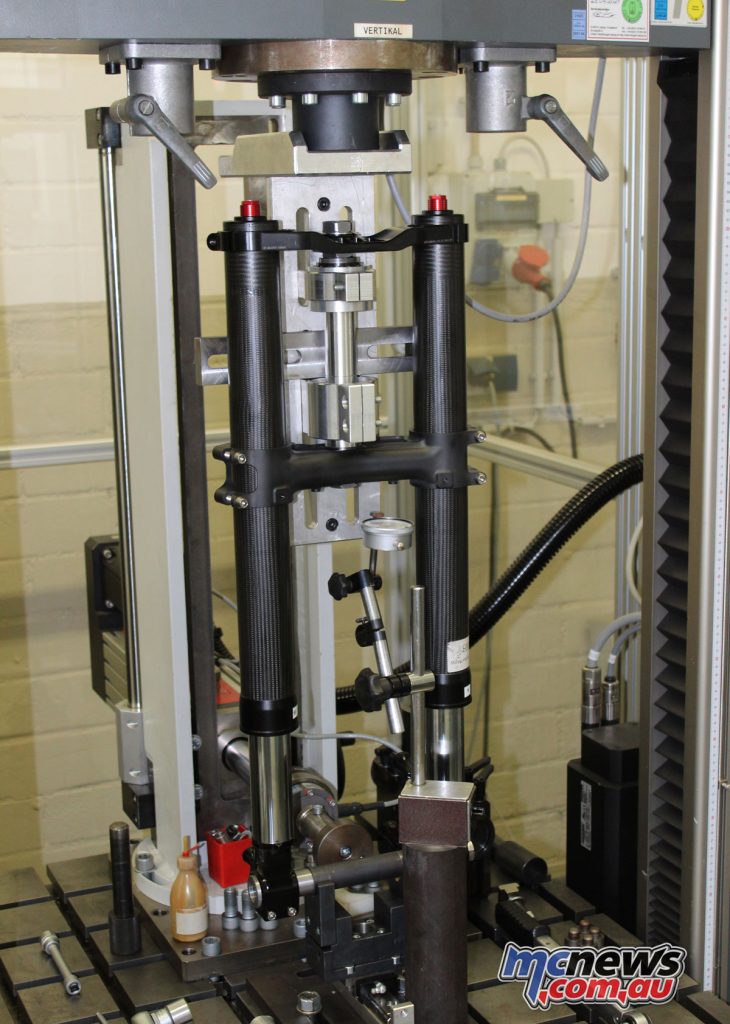
The new telescopic front fork for the #37 BMW M 1000 RR made from carbon fibre composites was developed jointly by BMW Motorrad Motorsport, BMW Motorrad World Endurance Team and ZF. This is the first time that a manufacturer has used a carbon fork in endurance racing.
The outer tube is made exclusively from carbon fibre, while the hybrid inner tube is made from a metal carbon fibre composite. Then there is the topology-optimised metal fork leg, which is glued to the hybrid inner tube.
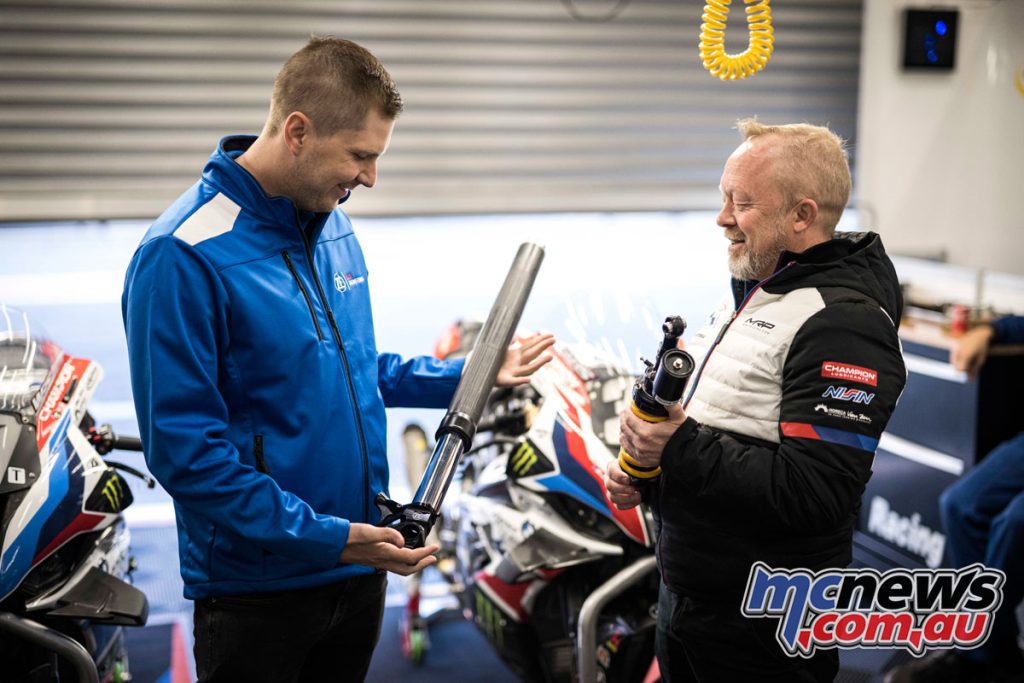
One major advantage of using carbon fibre is obvious, its low weight. This is a factor for efficiency and success in endurance racing in particular. In addition, the rigidity can be changed systematically, which impacts the handling of the motorcycle.
Marc Bongers – BMW Motorrad Motorsport Director
“Using this material and this technology allows us to shift the threshold at which body vibrations occur. One major focus during development was the design of the homogeneous bending loads. The goal being for the throttle response for the rider to be extremely subtle, even under the most extreme strains. And feedback from the riders confirmed that the goal was achieved.”
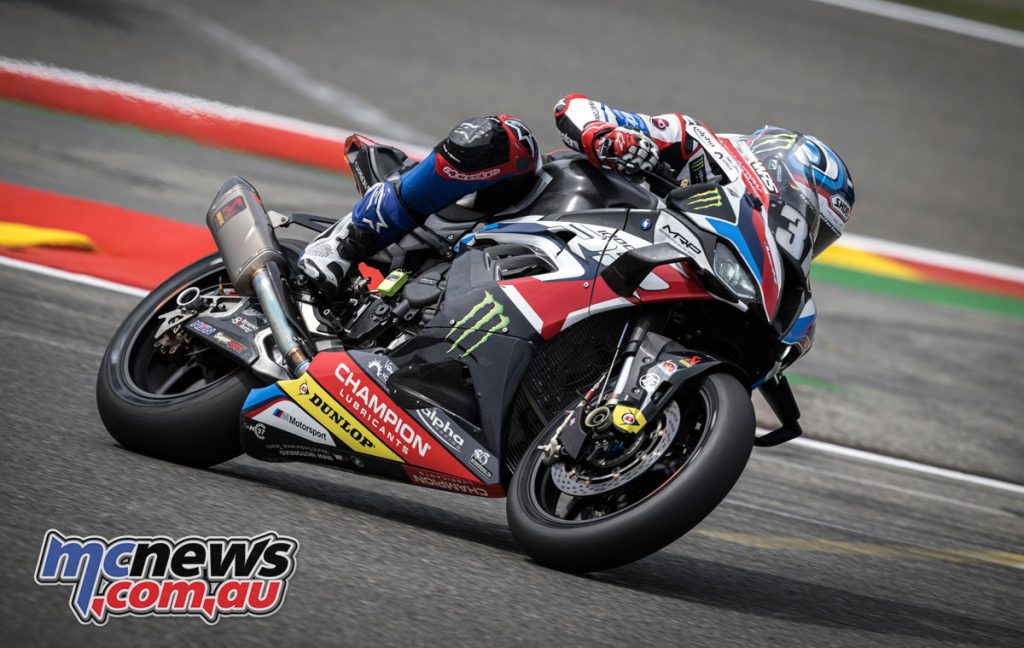
Developing new components for motorsport is always a challenge from an engineering perspective.
Henner Fröderking – ZF Engineer
“A large number of functions are squeezed into a very small space, and the requirements are obviously very different from in production. That means that you have to really distance yourself from the solutions used in series production. ZF has a great deal of experience with motorcycle chassis in series production. We were now tasked with finding detailed solutions that are tailor-made for motorsport.”
A motorsport fork must withstand extreme strains, it is an important component for the tuning of the motorcycle – and it must be designed in such a way that rapid spring changes and rapid maintenance, for example, take just a few minutes. The next challenge for engineer Fröderking and his colleagues in this project is the use of carbon fibre.
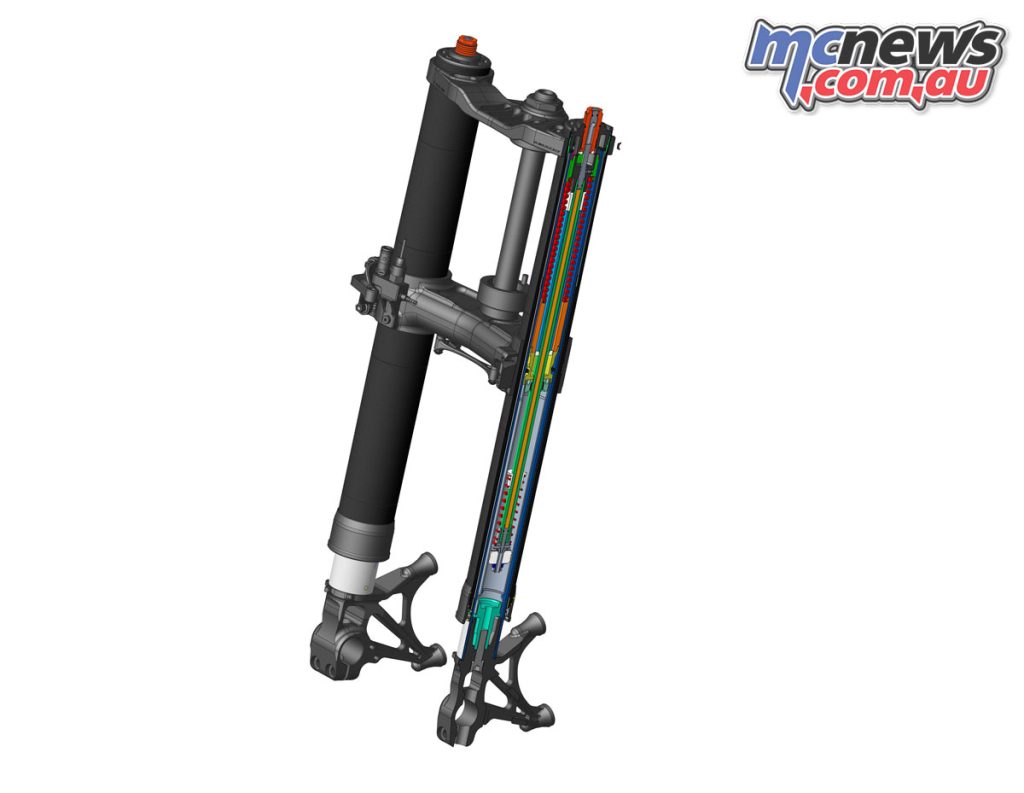
Henner Fröderking
“You need to handle this material very differently to metal. This starts with the first design of the element calculation, during which you calculate the rigidity. The layer structure also needs to be integrated directly here. This is followed by the validation process, which shows whether the rigidity calculated in theory has been achieved in reality. Everything also needs to be subjected to overload, since safety is the number one priority. This shows whether the calculations were correct. And then the performance of the component also has to meet expectations.”
Marc Bongers
“The handling of a motorcycle is determined by everything that happens between the points of contact of the front and rear tyre. The fork is a key part of the overall package here, because it is important for how the rider feels when braking and cornering. However, this overall package also includes chassis and swingarm, for example. Then there are the practical requirements for the component in fine-tuning. We provided our input with all these various factors, and ZF implemented it with their technologies – and tailored the fork exactly to our extensive requirements.”
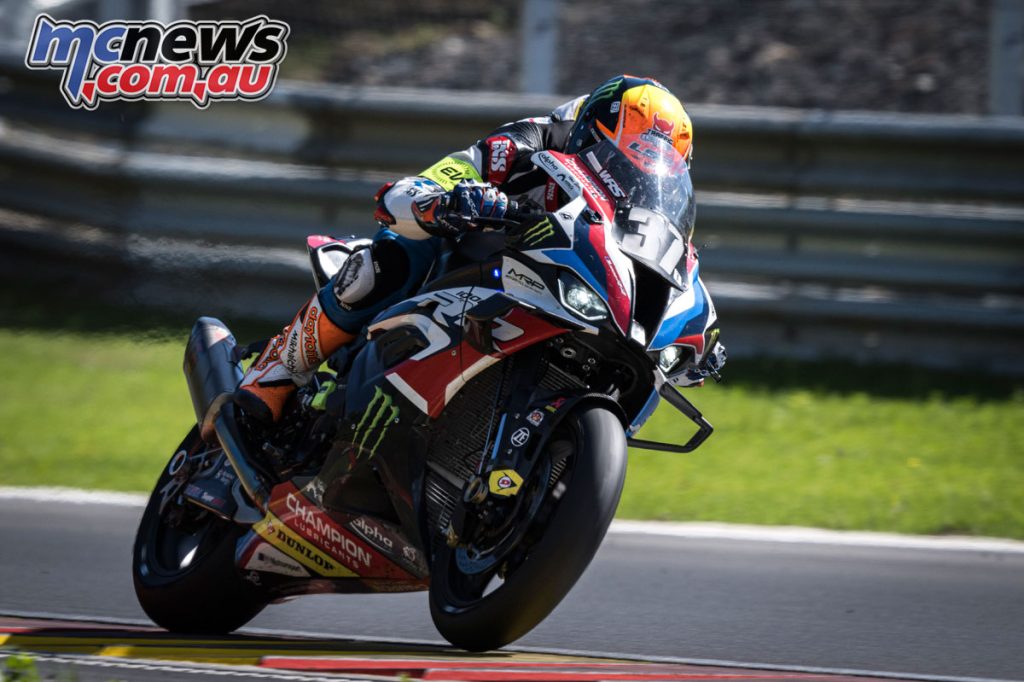
“The whole development process ran so superbly despite the coronavirus-related restrictions, meaning that we were able to roll out the new fork for the first time at Almeria in December 2021, and the results with a product as innovative as this one were so positive right from the start that we made every effort to implement the fork as quickly as possible. Both parties put a lot of energy into the further fine-tuning.”
And the successful roll-out of the fork was followed by another component: ZF and BMW Motorrad Motorsport also joined forces to develop a spring monoshock, which was tested for the first time in January.
The goal was to use both components at the season opener of the FIM EWC at Le Mans in April. ZF’s focus was now on ensuring the supply of parts for racing use.
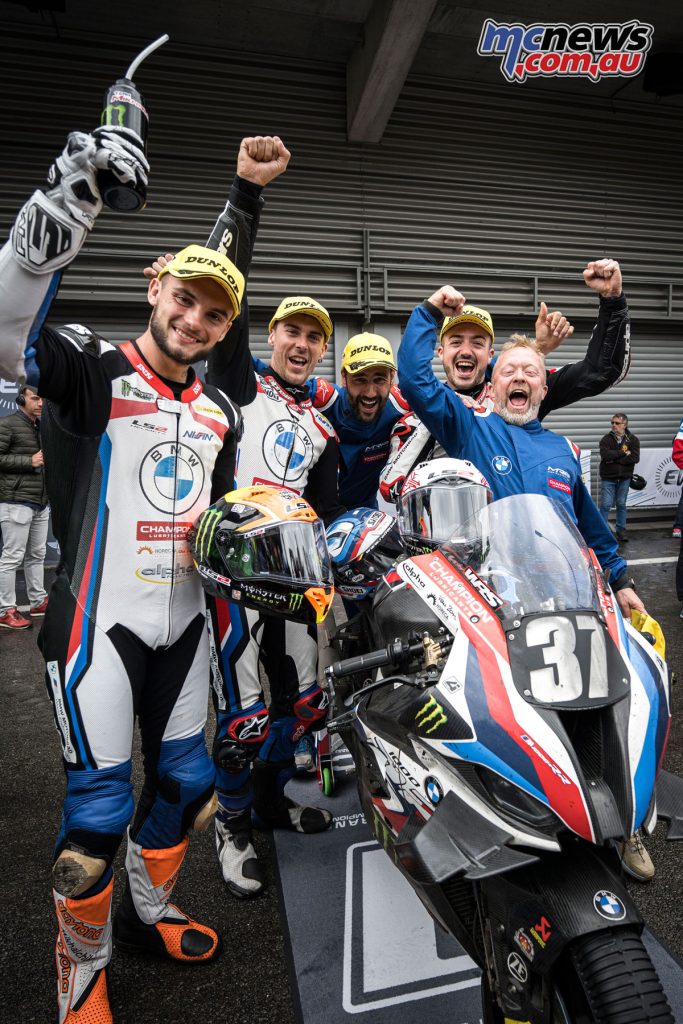
At the same time, the intense phase of pre-season testing kicked off for BMW Motorrad World Endurance Team and riders Markus Reiterberger (GER), Ilya Mikhalchik (UKR), Jérémy Guarnoni (FRA) and Kenny Foray (FRA). If you want to use a component from the first race, this means you also need to ride with it in every test. This is because this kind of fork requires completing around 4000 kilometres to ensure that it is safe and durable.
Marc Bongers
“We did it, and competed using the new fork and the spring monoshock as of the first race of the season at Le Mans. And at the second race in Spa we got the first 24-hour win for BMW Motorrad which proves that this collaboration is bearing fruit.”
The #37 BMW M 1000 RR’s next outing with the ZF spring damper elements will be this coming weekend at the 8 Hours of Suzuka (JPN), the third round of the FIM EWC 2022.























